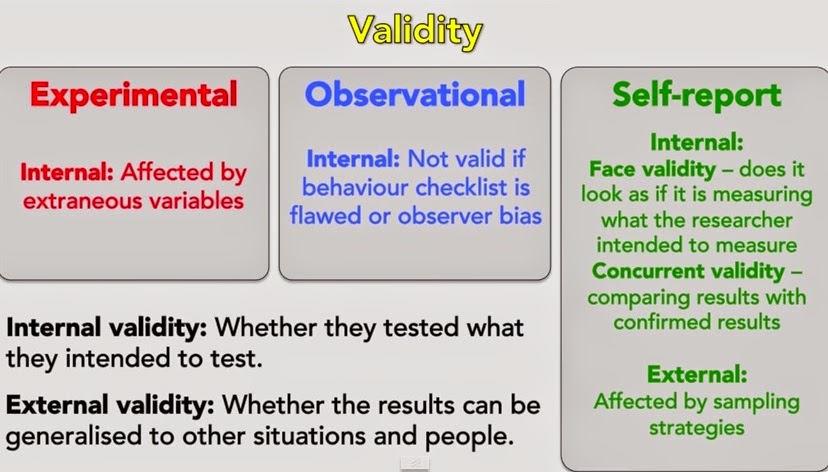

However, it’s up to you to ensure the information they provide is reliable and accurate.Īlways make sure to properly cite your sources to avoid plagiarism.Ī fallacy is a mistaken belief, particularly one based on unsound arguments or one that lacks the evidence to support it.

Primary sources are often considered the most credible in terms of providing evidence for your argument, as they give you direct evidence of what you are researching. If you use one of these in your research, it is probably a primary source. Some types of sources are nearly always primary: works of art and literature, raw statistical data, official documents and records, and personal communications (e.g.

Are you directly analyzing the source itself (primary), or only using it for background information (secondary)?.Does the source provide original information (primary), or does it summarize information from other sources (secondary)?.Was the source created by someone directly involved in the events you’re studying (primary), or by another researcher (secondary)?.To determine if a source is primary or secondary, ask yourself: Experts(in this case, math teachers), would have to evaluate the content validity by comparing the test to the learning objectives. of each question, analysing whether each one covers the aspects that the test was designed to cover.Ī 4th grade math test would have high content validity if it covered all the skills taught in that grade. Assessing content validity is more systematic and relies on expert evaluation. On the other hand, content validity evaluates how well a test represents all the aspects of a topic.

When a test has strong face validity, anyone would agree that the test’s questions appear to measure what they are intended to measure.įor example, looking at a 4th grade math test consisting of problems in which students have to add and multiply, most people would agree that it has strong face validity (i.e., it looks like a math test). The difference is that face validity is subjective, and assesses content at surface level. Face validity and content validity are similar in that they both evaluate how suitable the content of a test is.


 0 kommentar(er)
0 kommentar(er)
